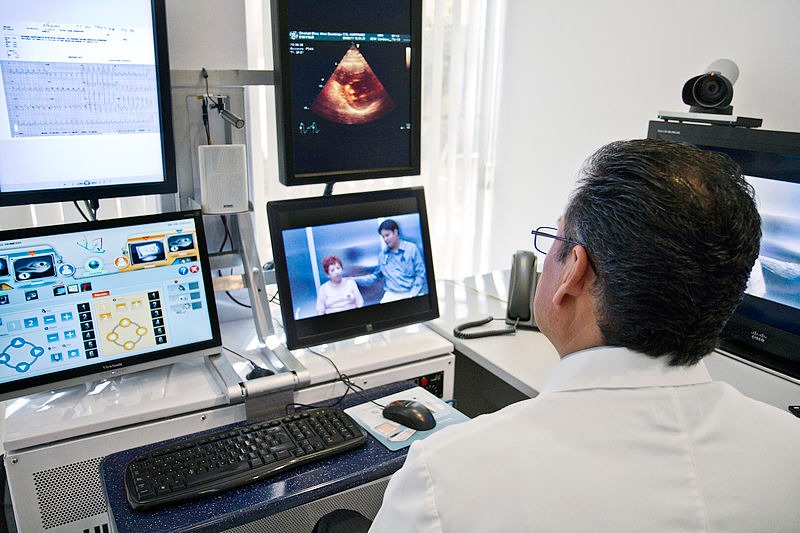
The US telehealth market is expected to grow at a CAGR of over 29% during the period 2019–2025, according to a study published in the Reportlinker.
Since the Coronavirus Pandemic in the United States, the telehealth platform has emerged as a major tool to fight and contain the virus. Due to the rise in the COVID-19 pandemic, the US telehealth market is expected to witness over 80% YOY growth in 2020. To deal with the pandemic, health service providers in the US are utilizing telehealth services that connect doctors and patients remotely. As federal governments have recently implemented the social distancing and nationwide lockdown as a preventive measure to contain the pandemic from spreading, these services have become an effective tool for healthcare management, says a press release.
The telehealth services segment is growing at the fastest CAGR as the demand for these services is increasing across the US. With the rapid advancement in technology, telehealth is considered as the future of medicine. Rural areas, war-torn regions, and areas affected by natural calamities require and can benefit from remote healthcare services.
Read more Theranica Partners With Cove to Expand Availability of Nerivio on Cove’s Telemedicine Platform
The following factors are likely to contribute to the growth of the US telehealth market during the forecast period:
- Expansion of Reimbursement for Telehealth Services
- Emergence of Telehealth Robots and Robotic Platforms
- Demand for Telehealth Services due to COVID-19 Pandemic Crisis
- Increasing Number of mHealth Applications fueling Telehealth Adoption
This research report includes a detailed segmentation by modality, component, delivery mode, and end-user. The growing incidence of chronic diseases such as heart ailments and stroke has impacted the growth of the real-time virtual health segment.
The segment is expected to grow with increased adoption of telemedicine, coupled with advances in technology and high penetration of smart gadgets in the US. Some health systems are integrating real-time virtual healthcare with real-time audio/video telemedicine consultation, chat consultation into primary care practices as a complement to existing modes of care.
The software segment mainly includes medical applications for smartphones and tablets and software/mobile solutions for data management in telehealth centers. The segment plays a critical role in delivering valuable data to physicians and aid in accurate clinical decision making for diagnosis, monitoring, and treatment.
The web/app-based telehealth segment accounts for the largest share in the US telehealth market. As the web-based delivery model requires minimal software and hardware components for delivering advanced telehealth solutions, the demand is relatively high since it reduces upfront installation costs. This segment is expected to grow at a healthy rate, especially from emerging economies that are embracing telehealth technology in most healthcare facilities to provide access to services in remote and rural areas.

Read more Remote Patient Monitoring is the Future of CVD Management, Reveals IDTechEx Research
The availability of remote monitoring, mHealth, and virtual health tools is key for providing value-based healthcare. About 40% of US hospitals have emphasized the importance of health IT and mHealth devices and applications to improve the quality of patient care.
Here are few of the Vendors Included in the Survey:
- AMD Global Telemedicine
- American Well
- Abbott
- AliveCor
- AT&T
- BioTelemetry
- GE Healthcare
- GlobalMedia Group
- Koninklijke Philips
- Masimo
- Mercy Virtual
- Resideo Life Care Solutions
- Medtronic
- Omron
- Teladoc Health
Insights by Vendors
The US telehealth market is highly dynamic and fragmented, with the presence of several medical device manufacturers, software/application providers, and telehealth service providers. Medical device manufacturers are collaborating with software/application developers and service providers to enhance the quality of care to patients.











